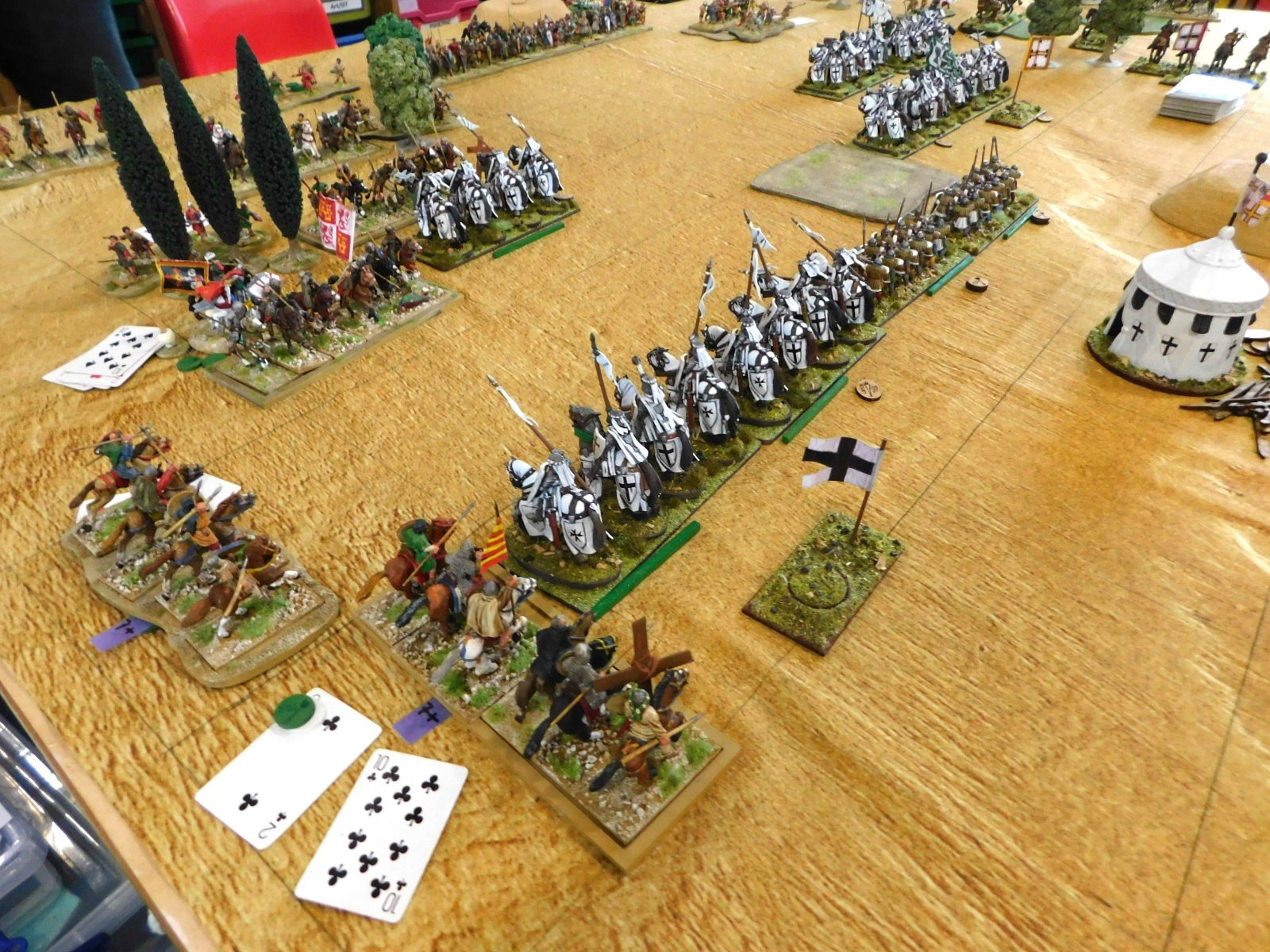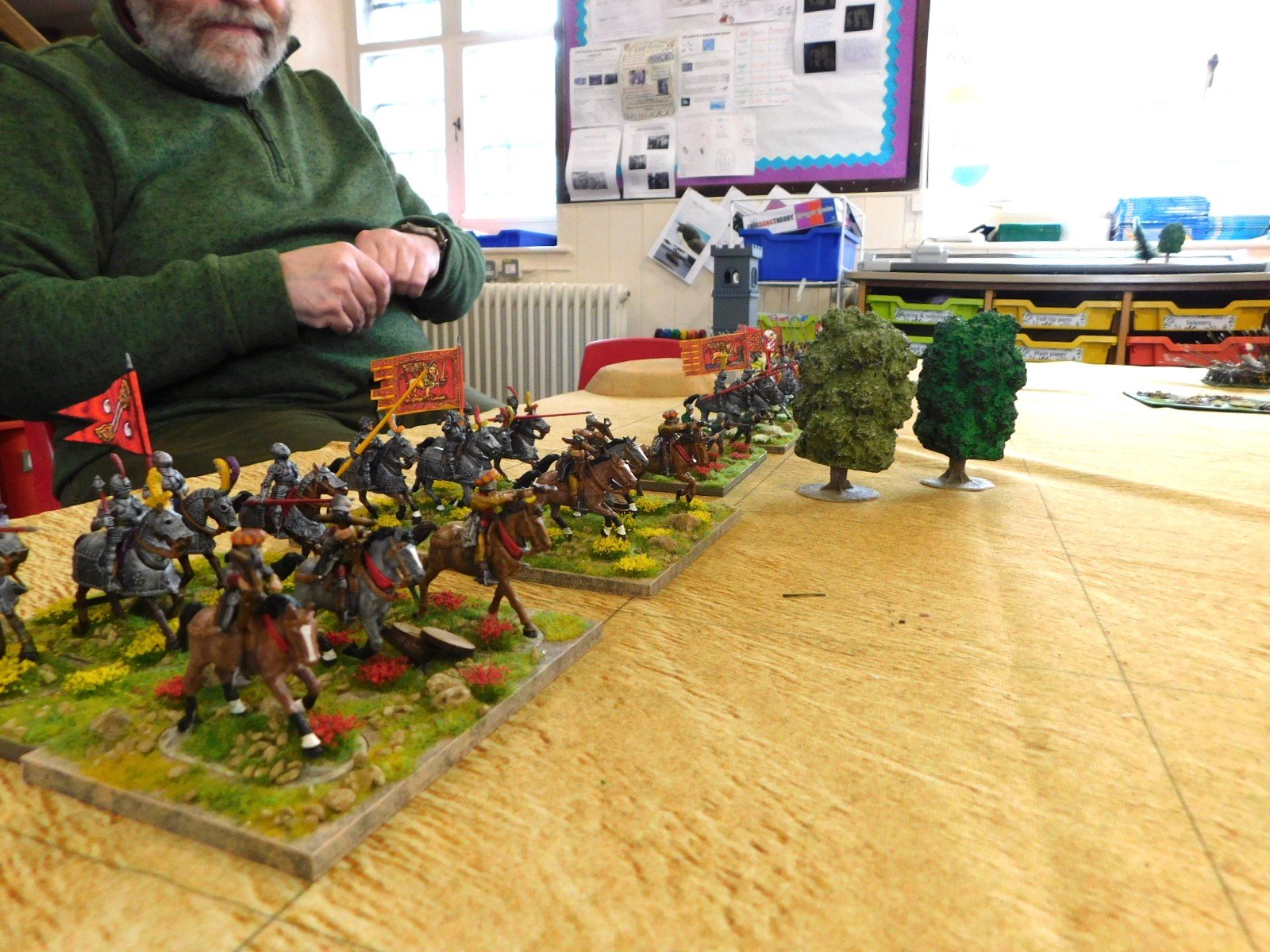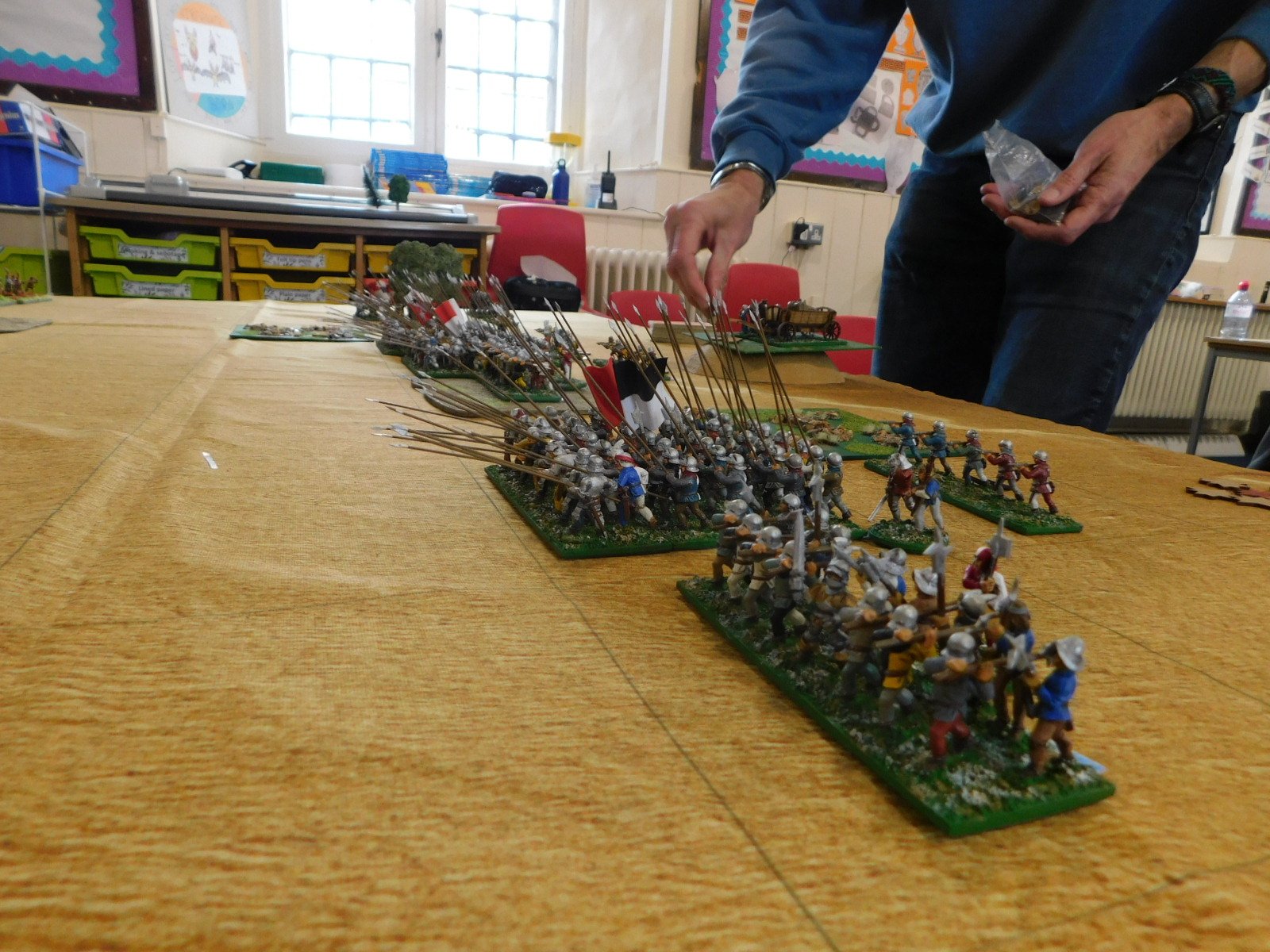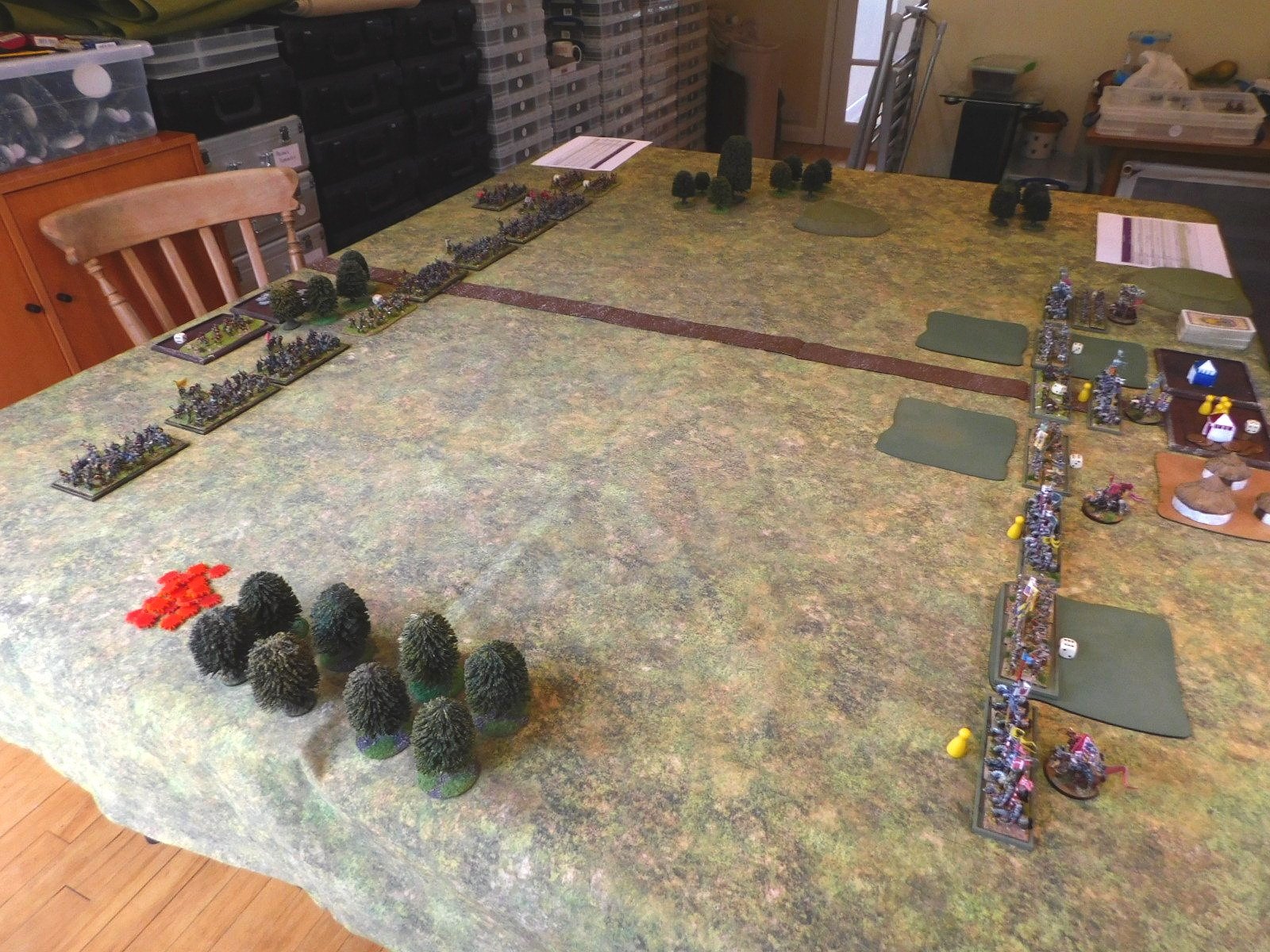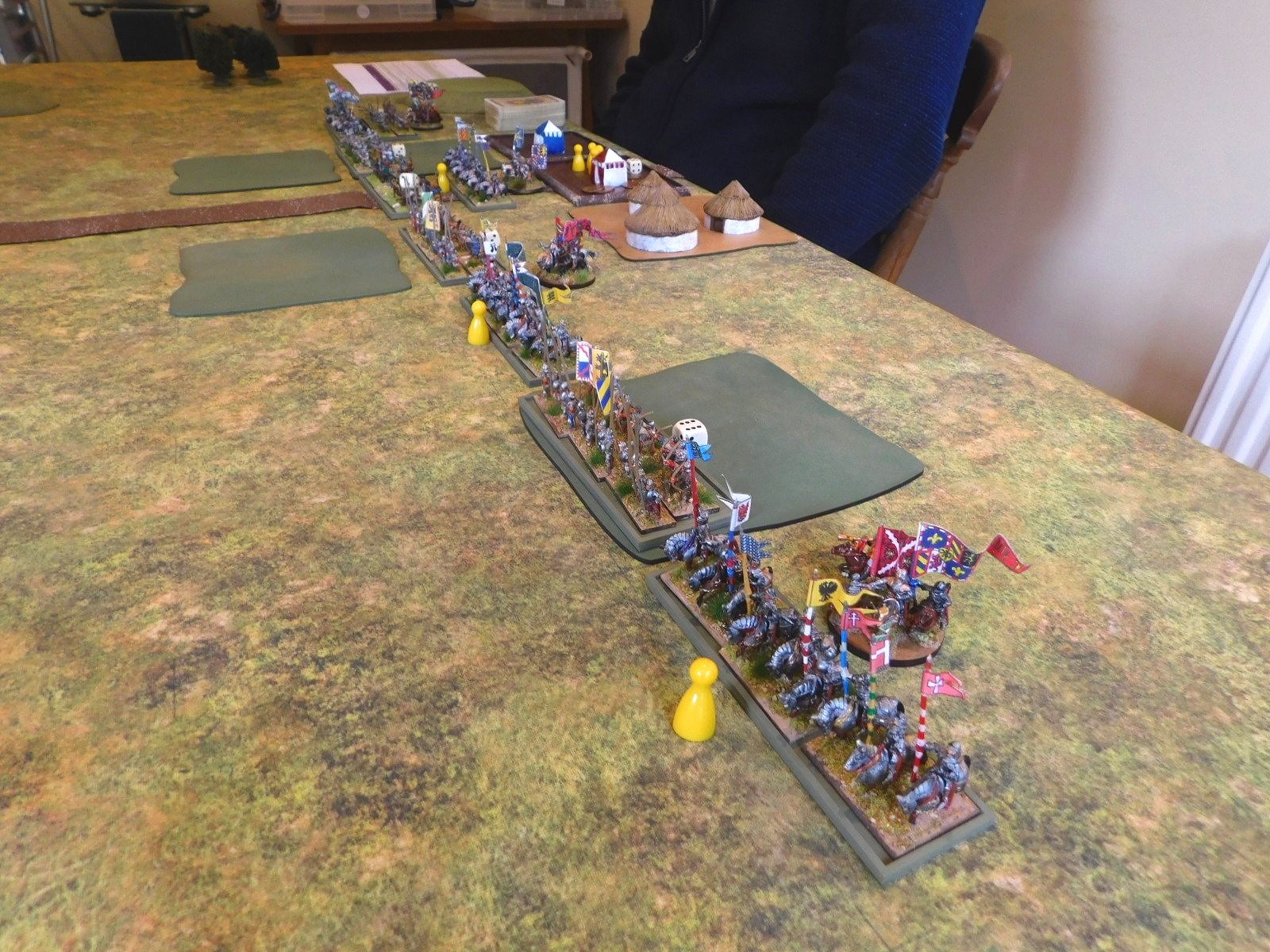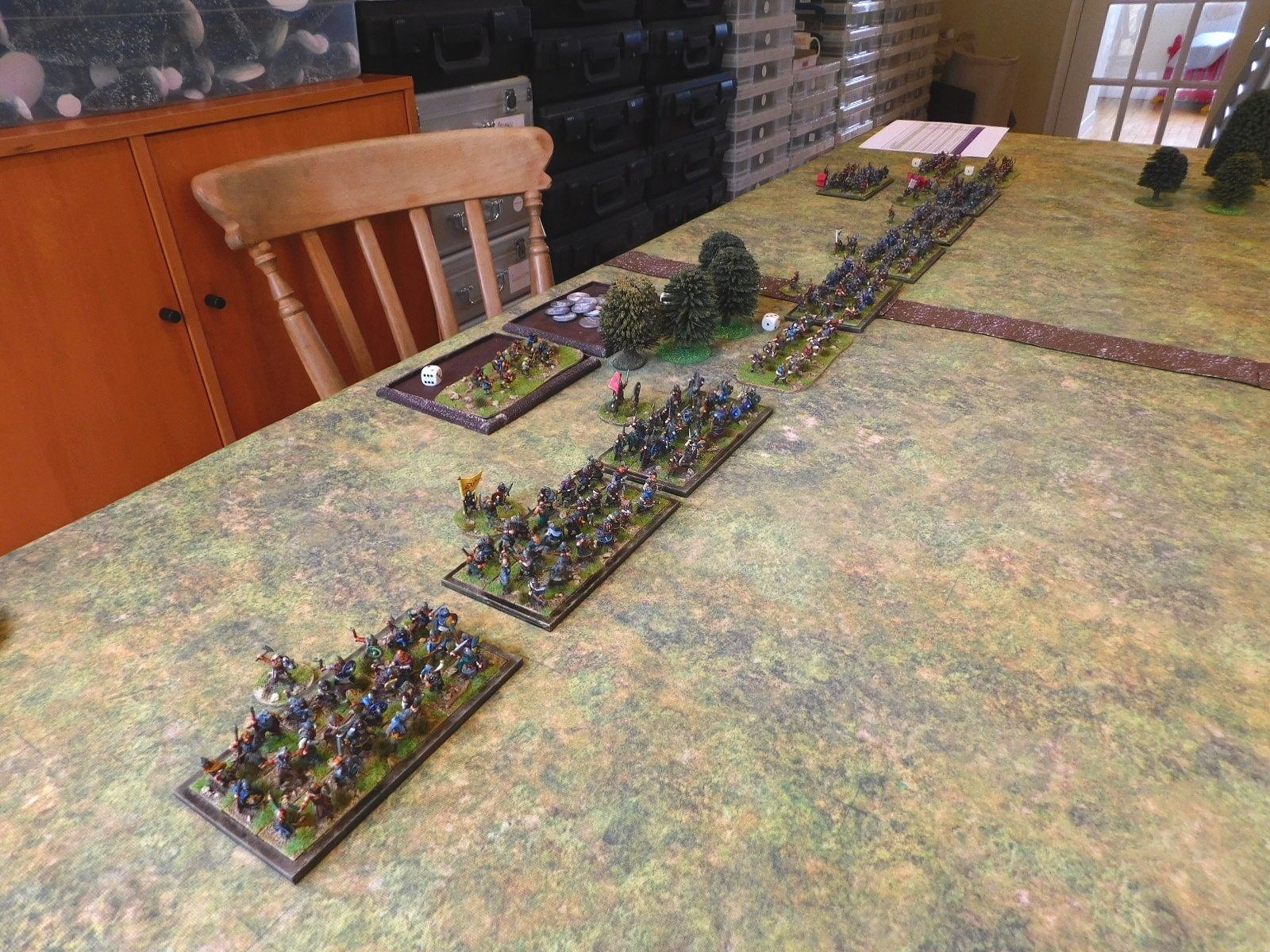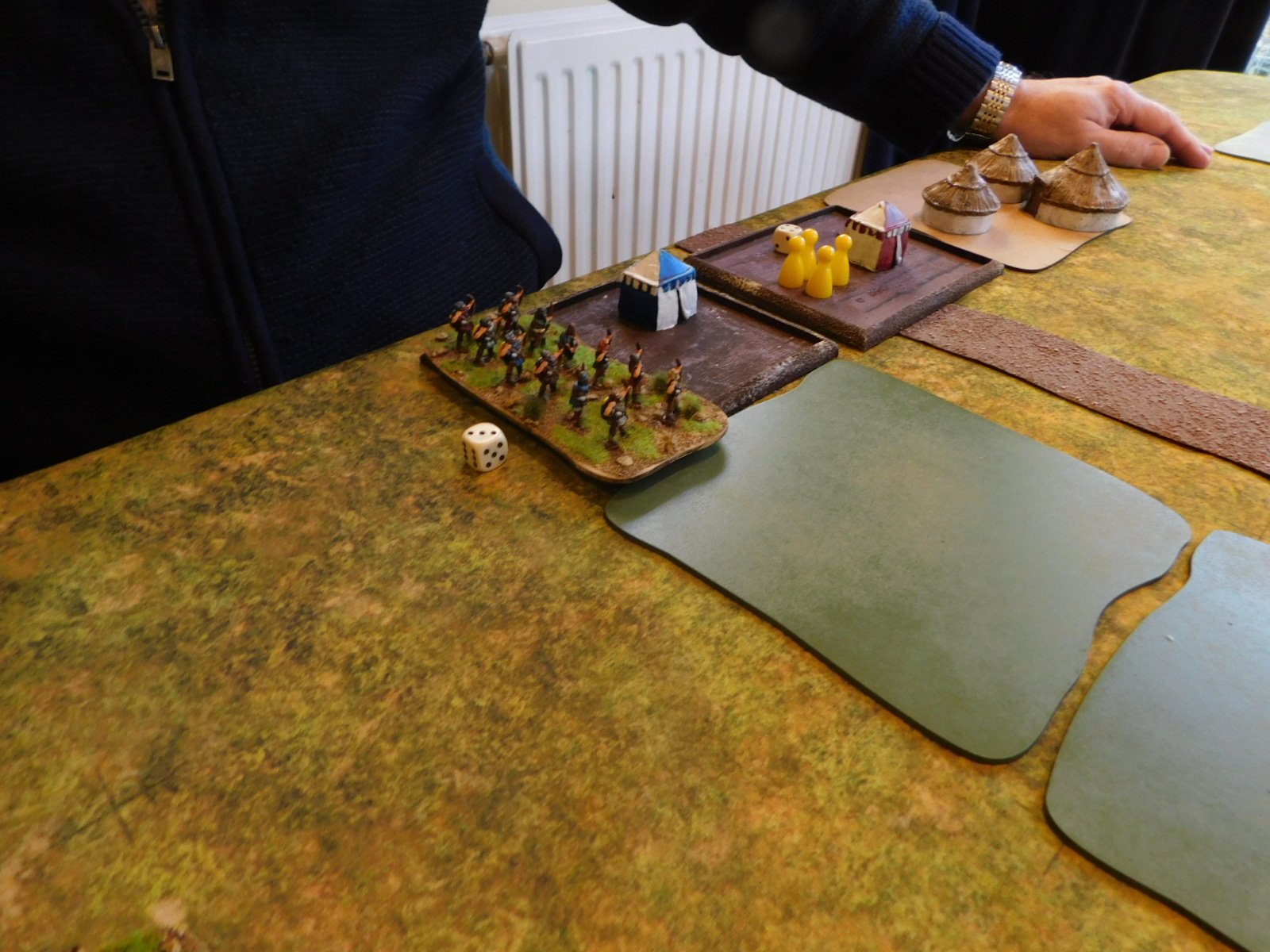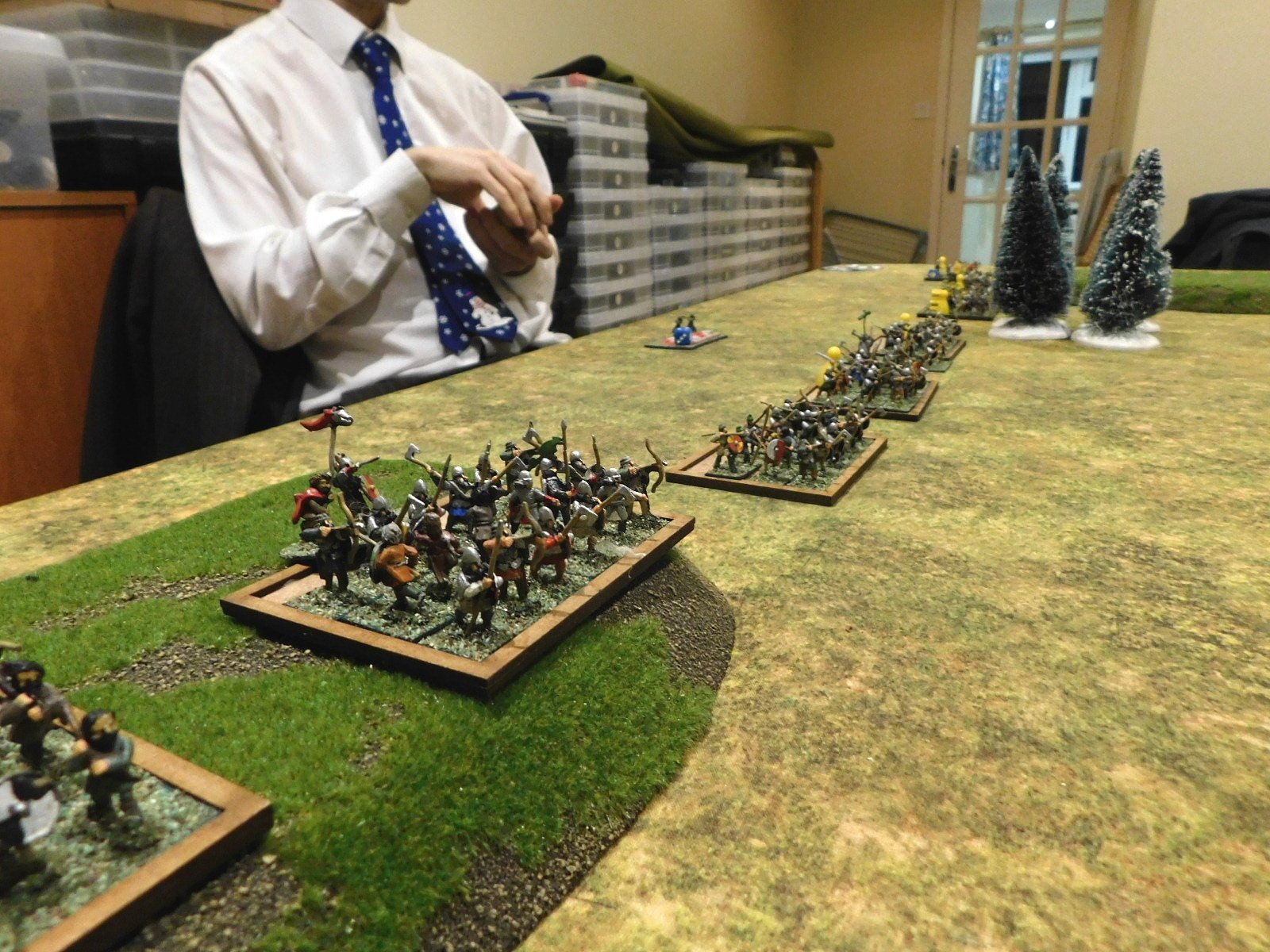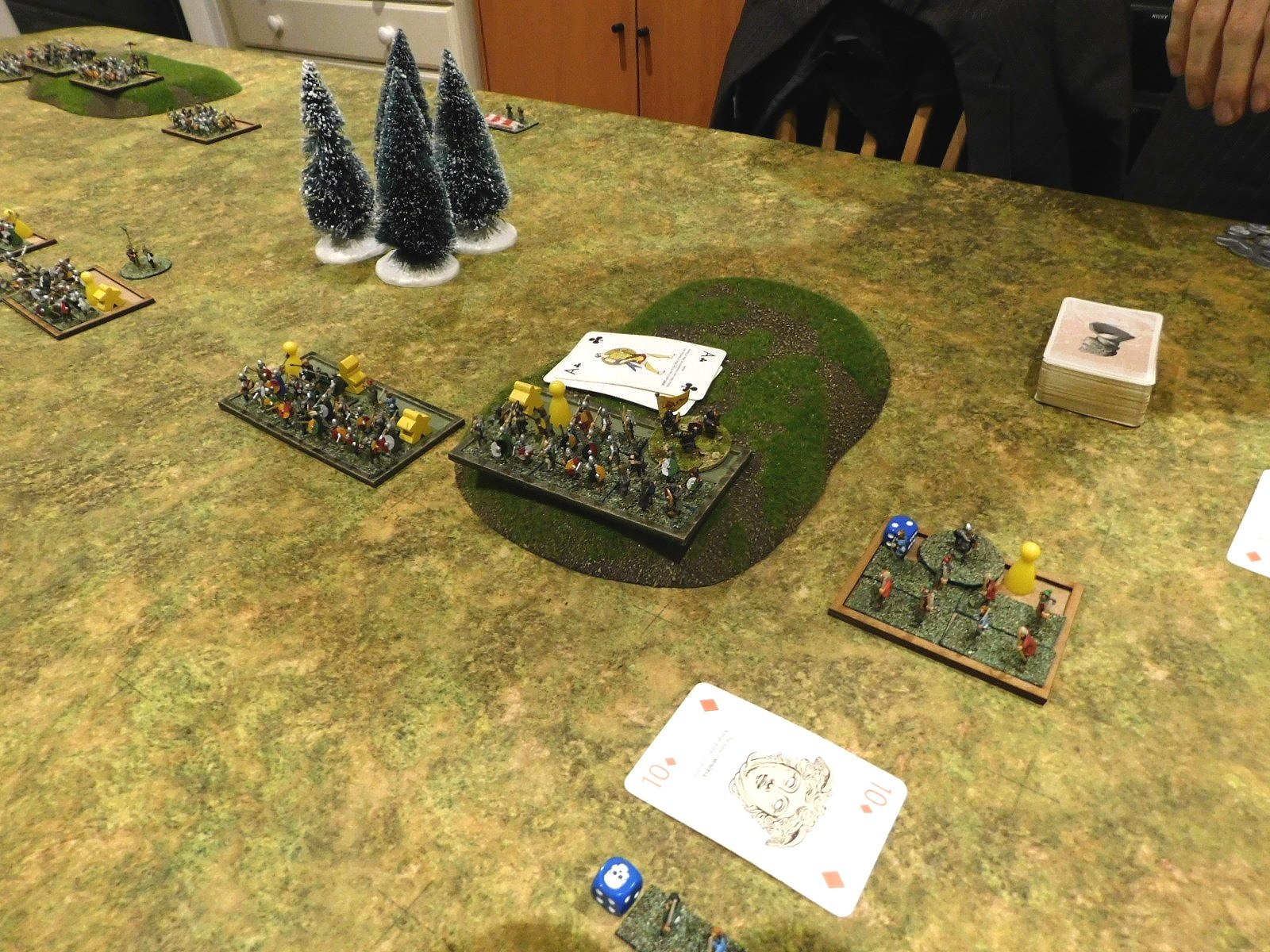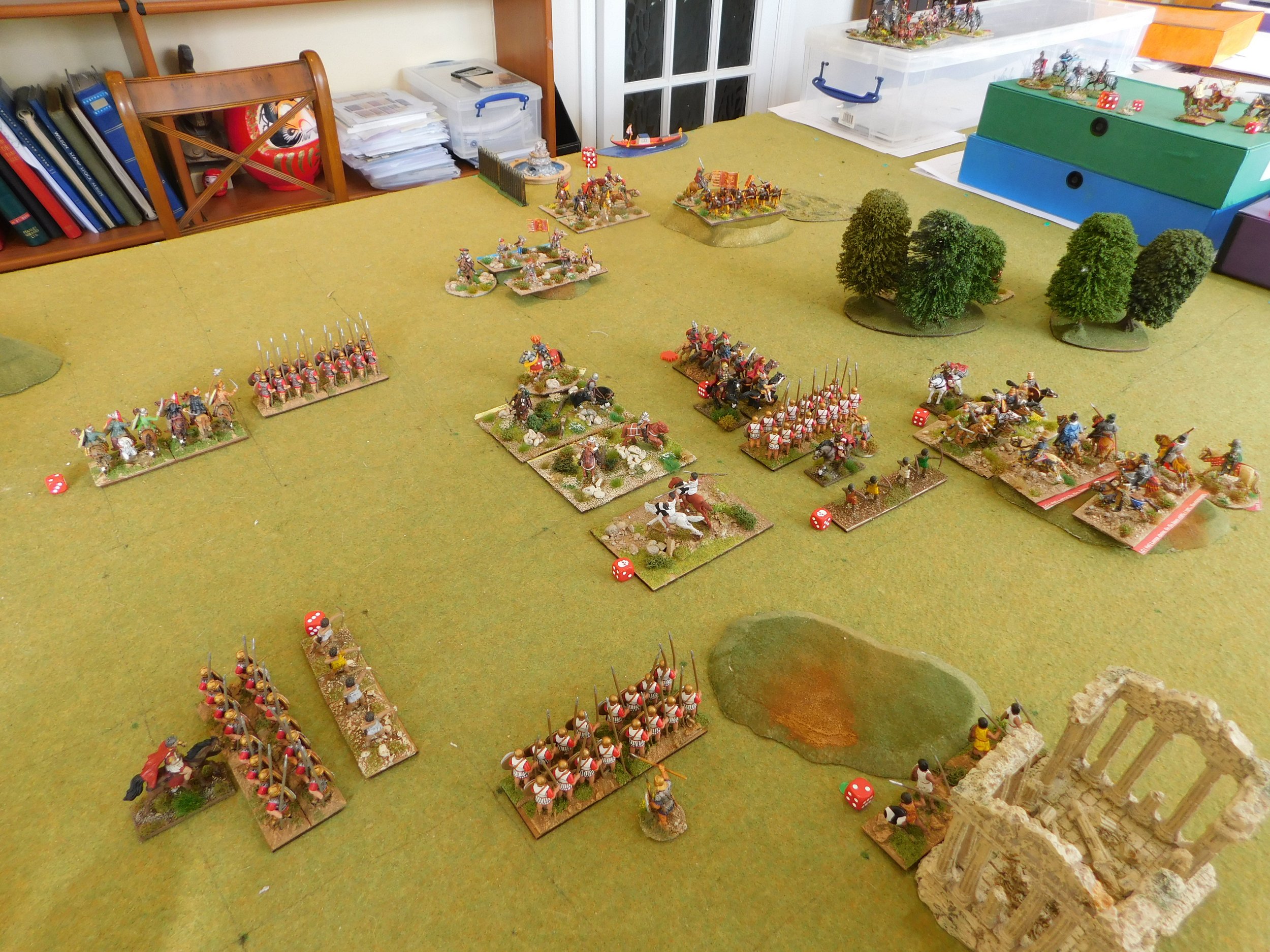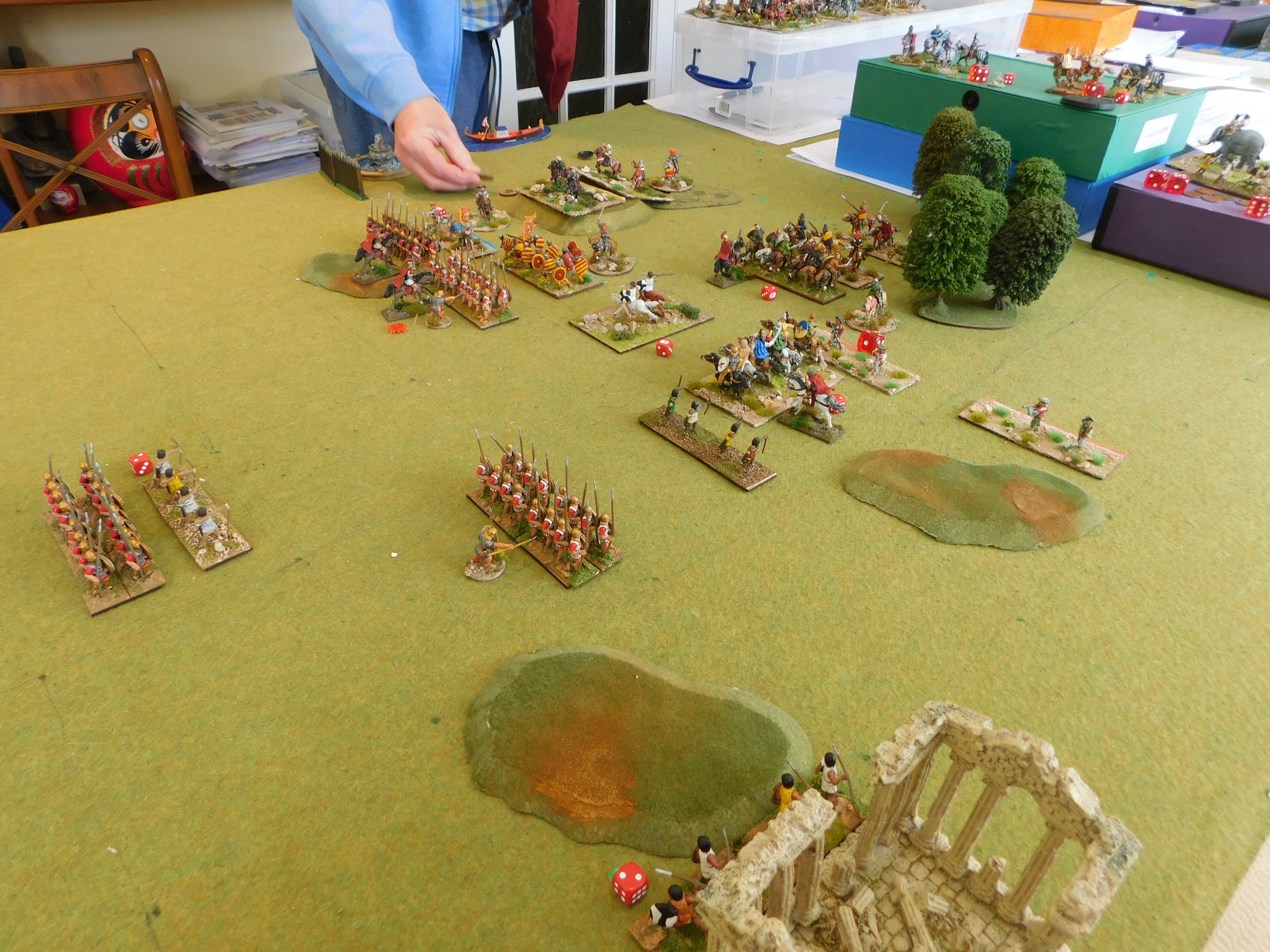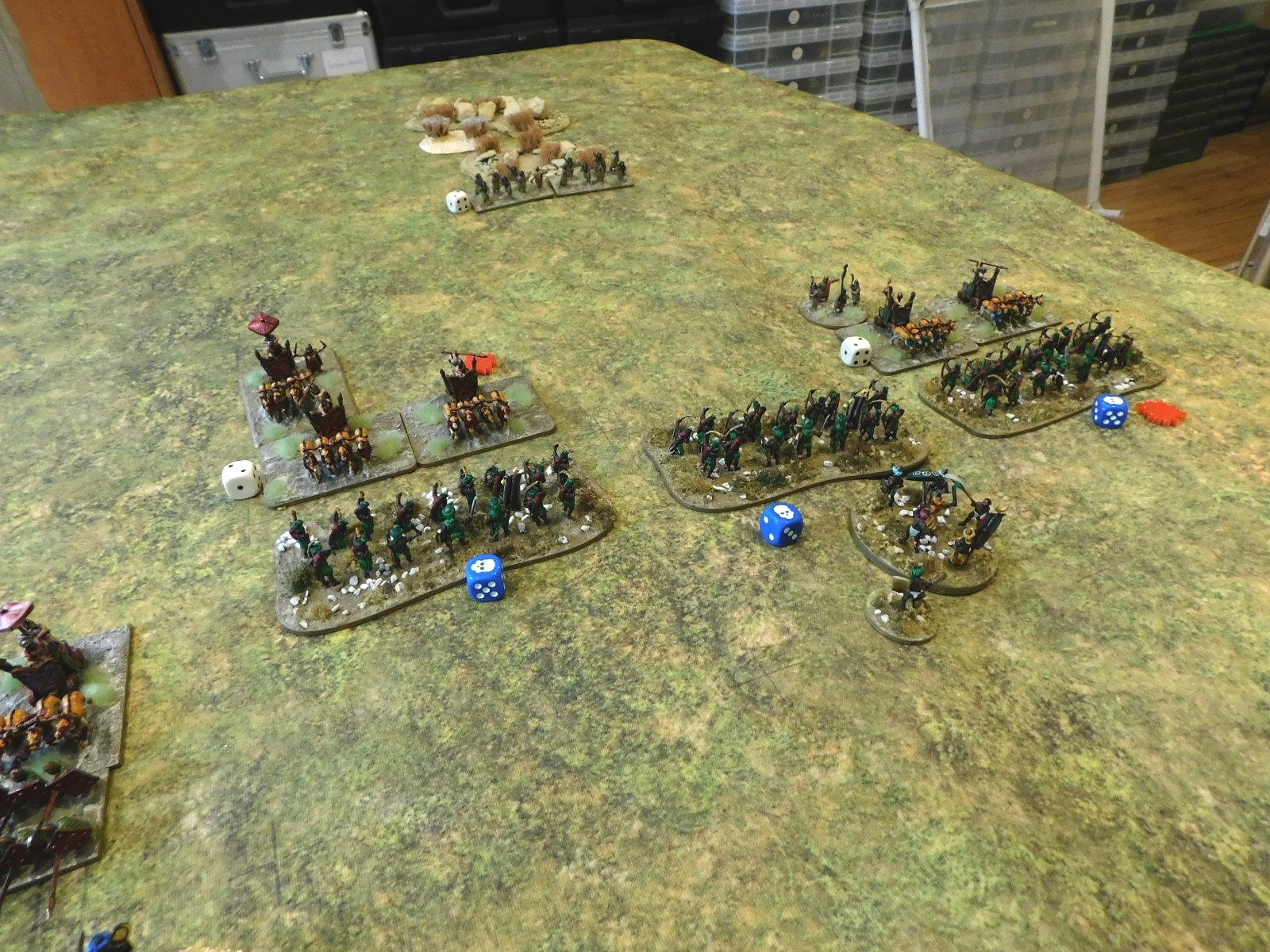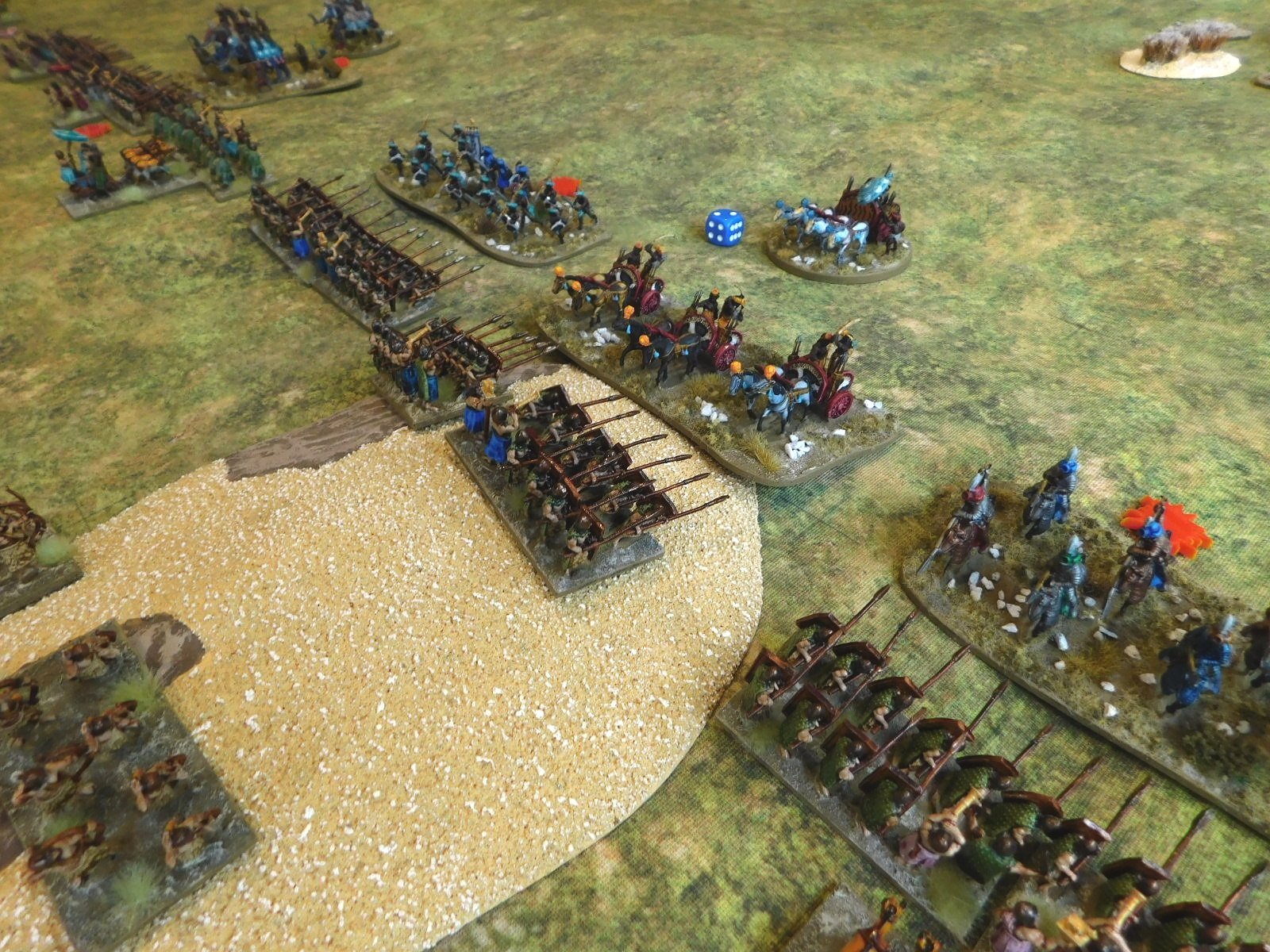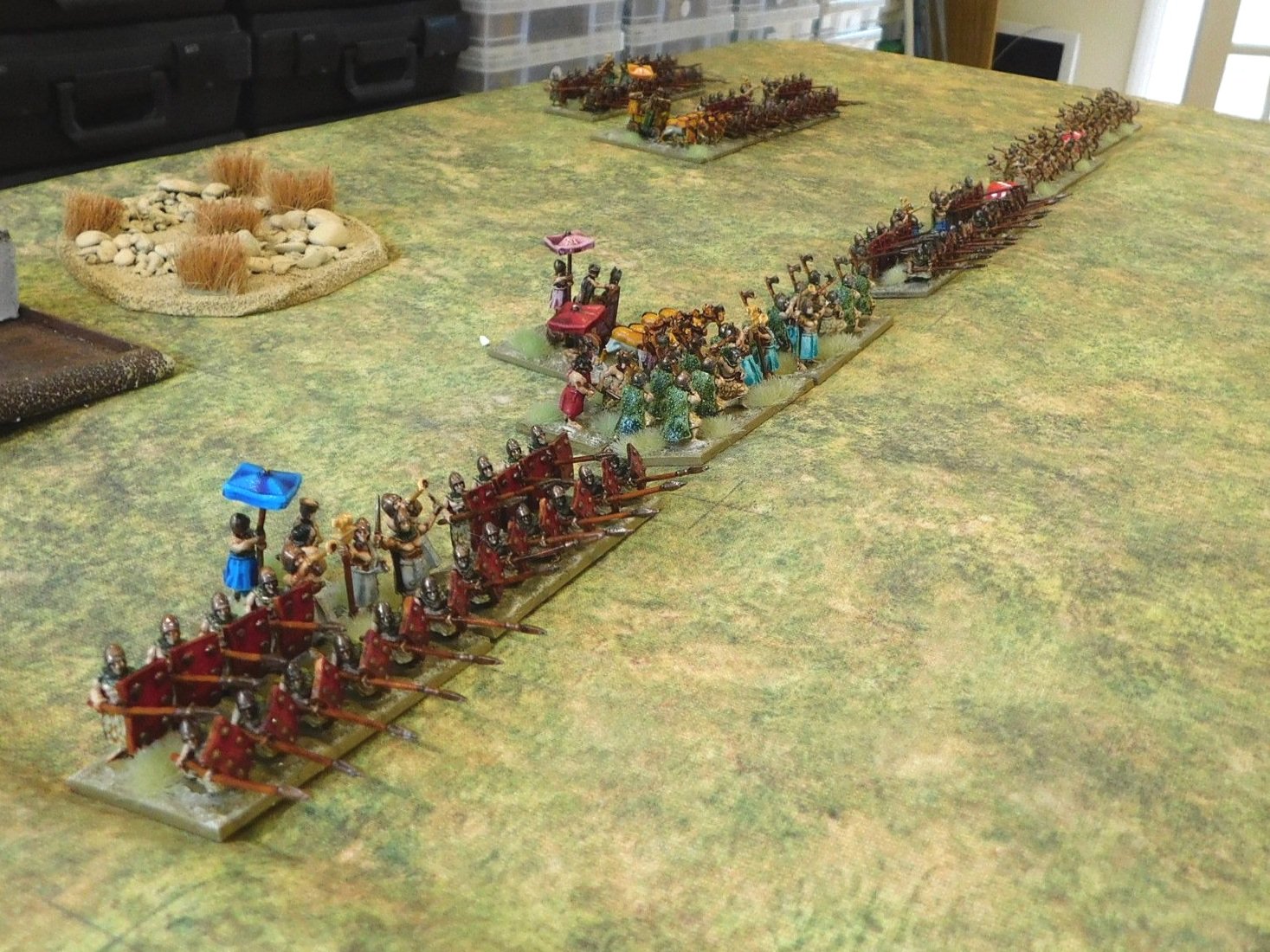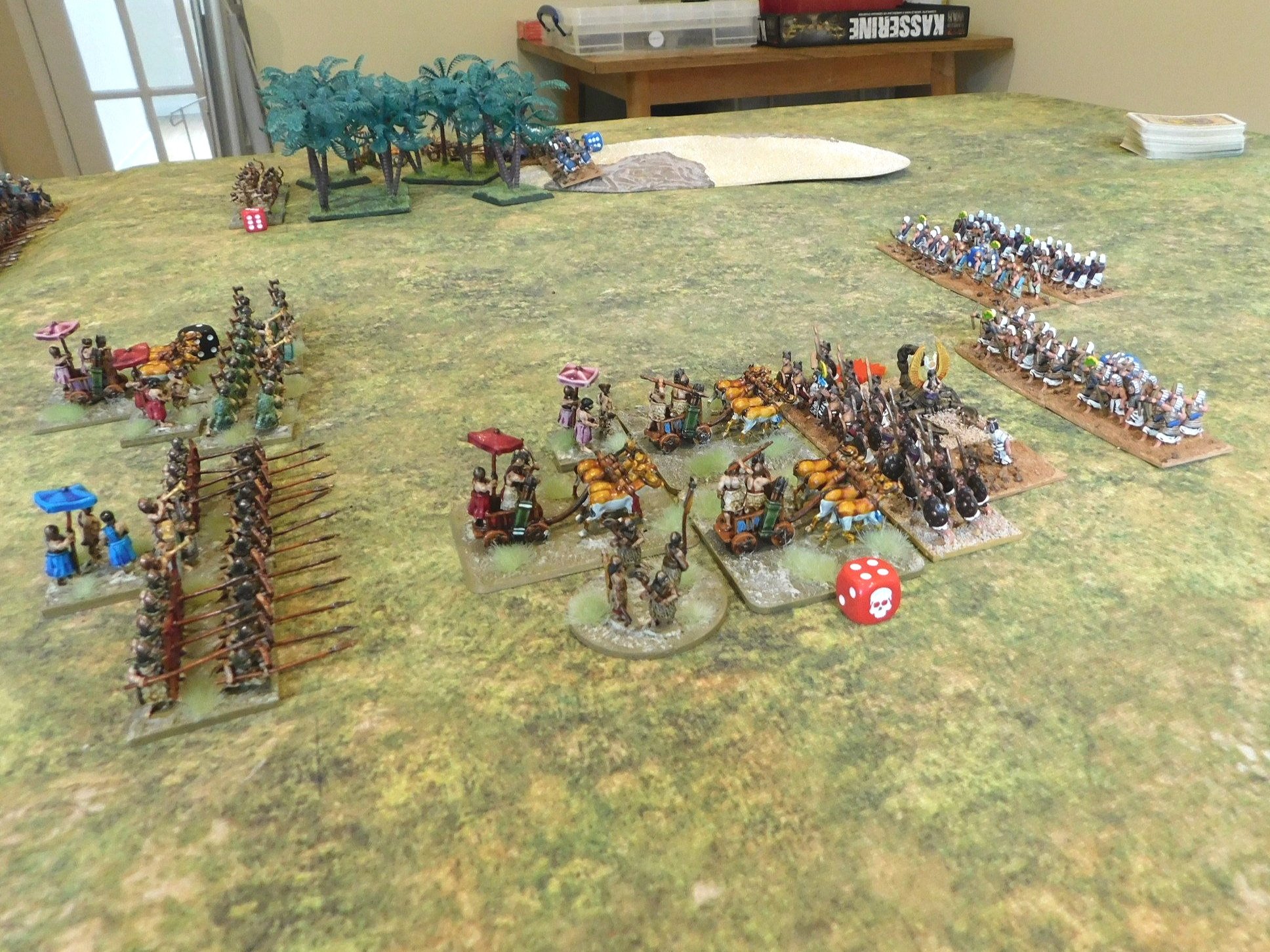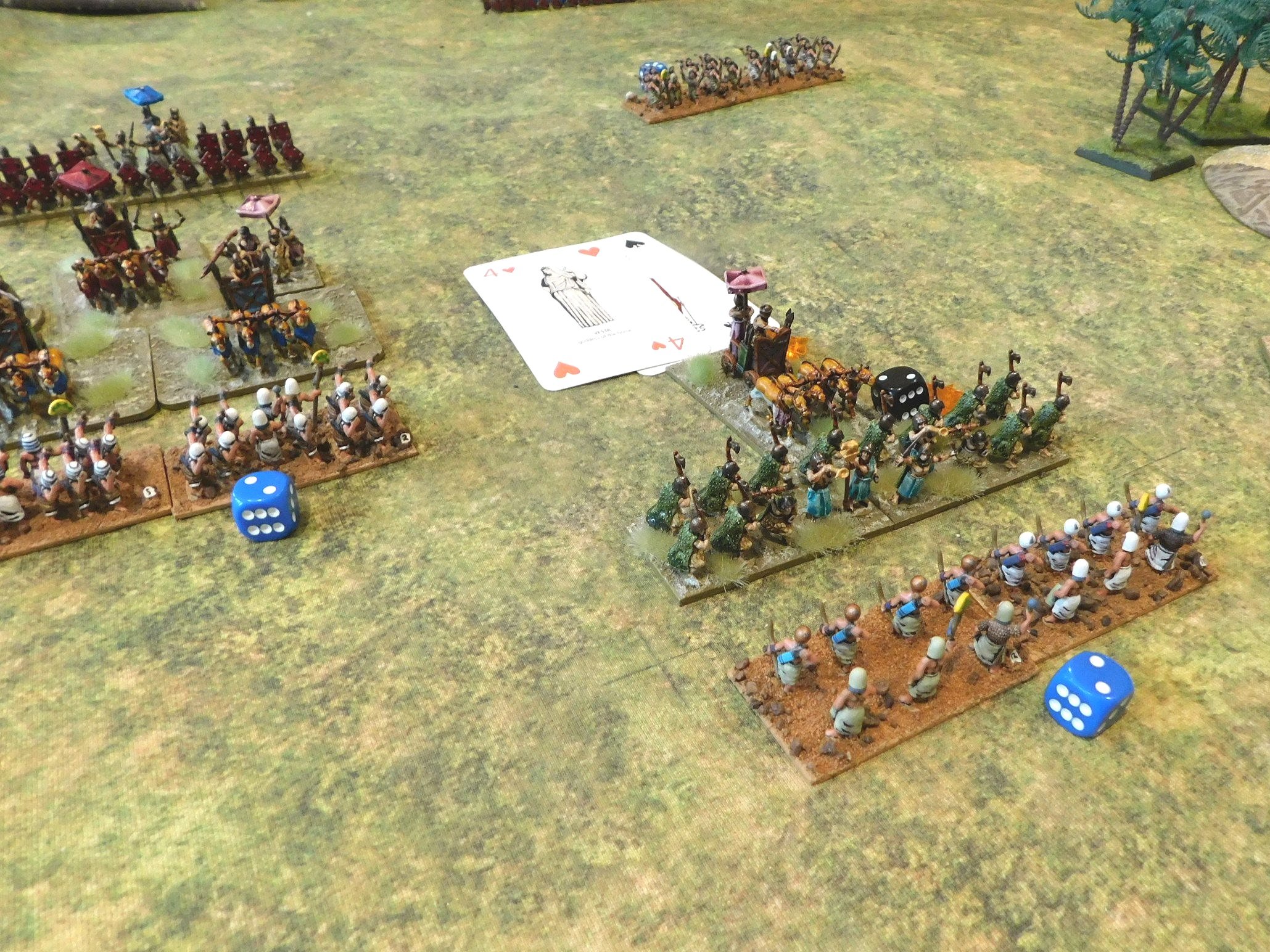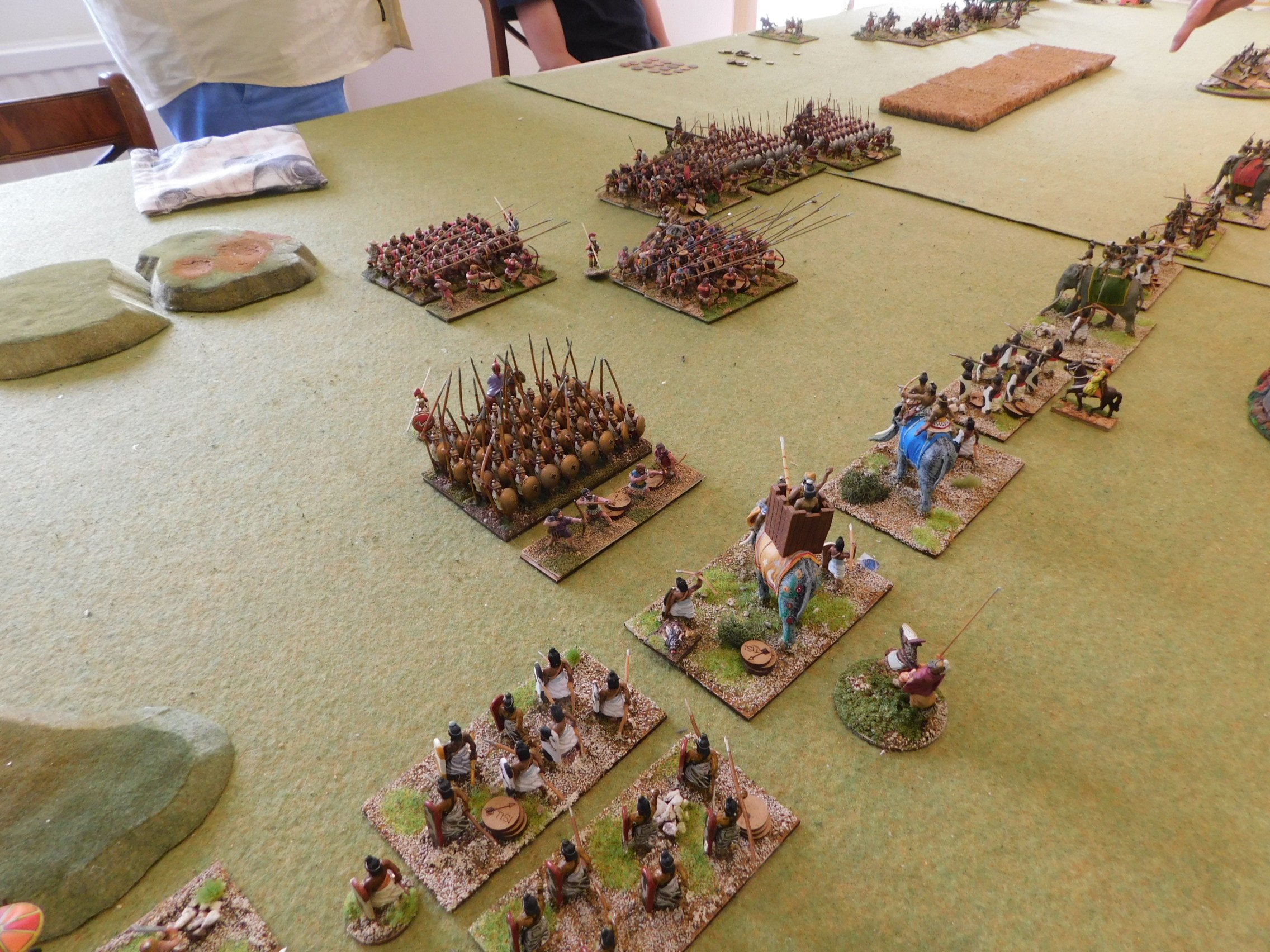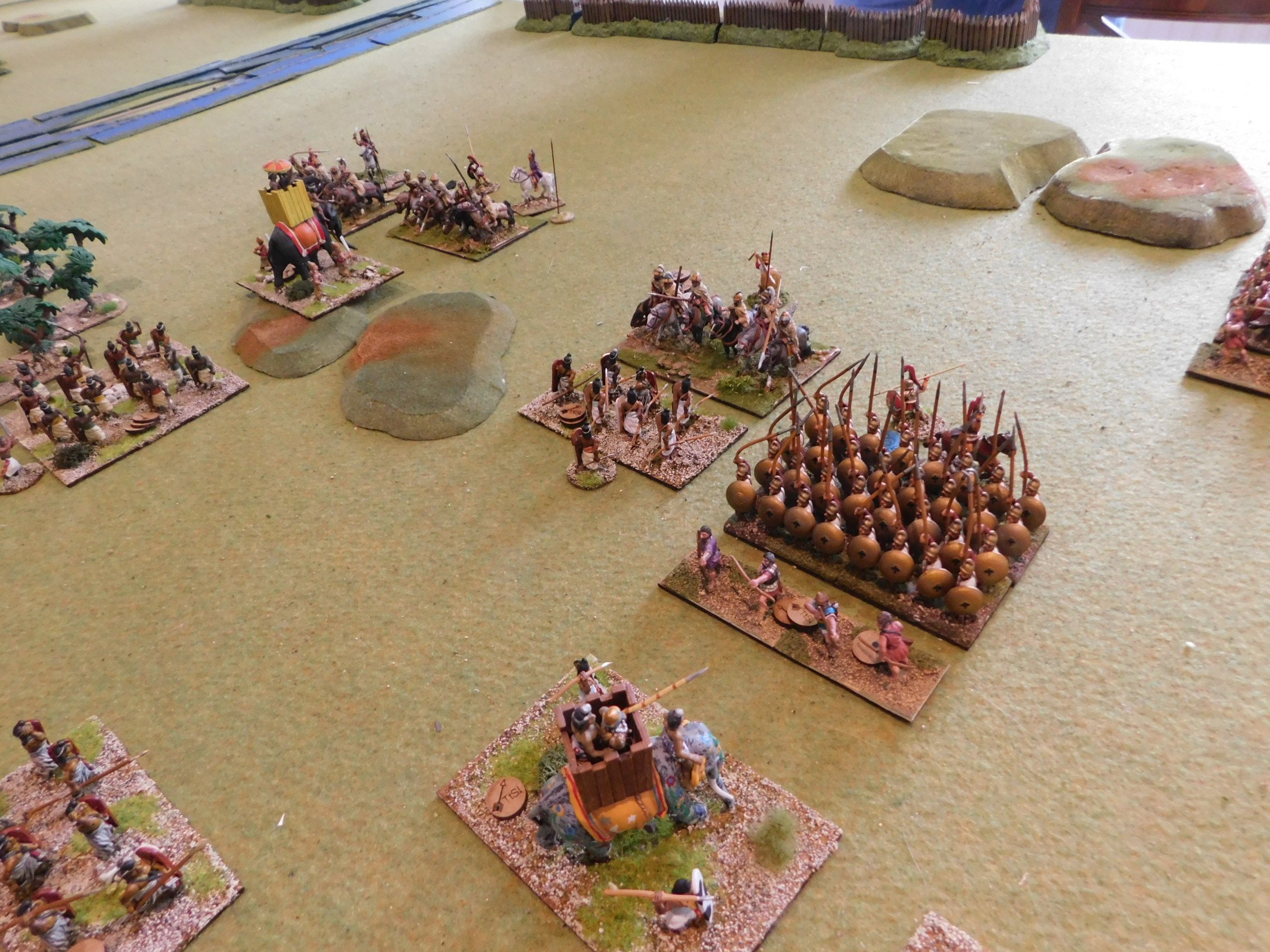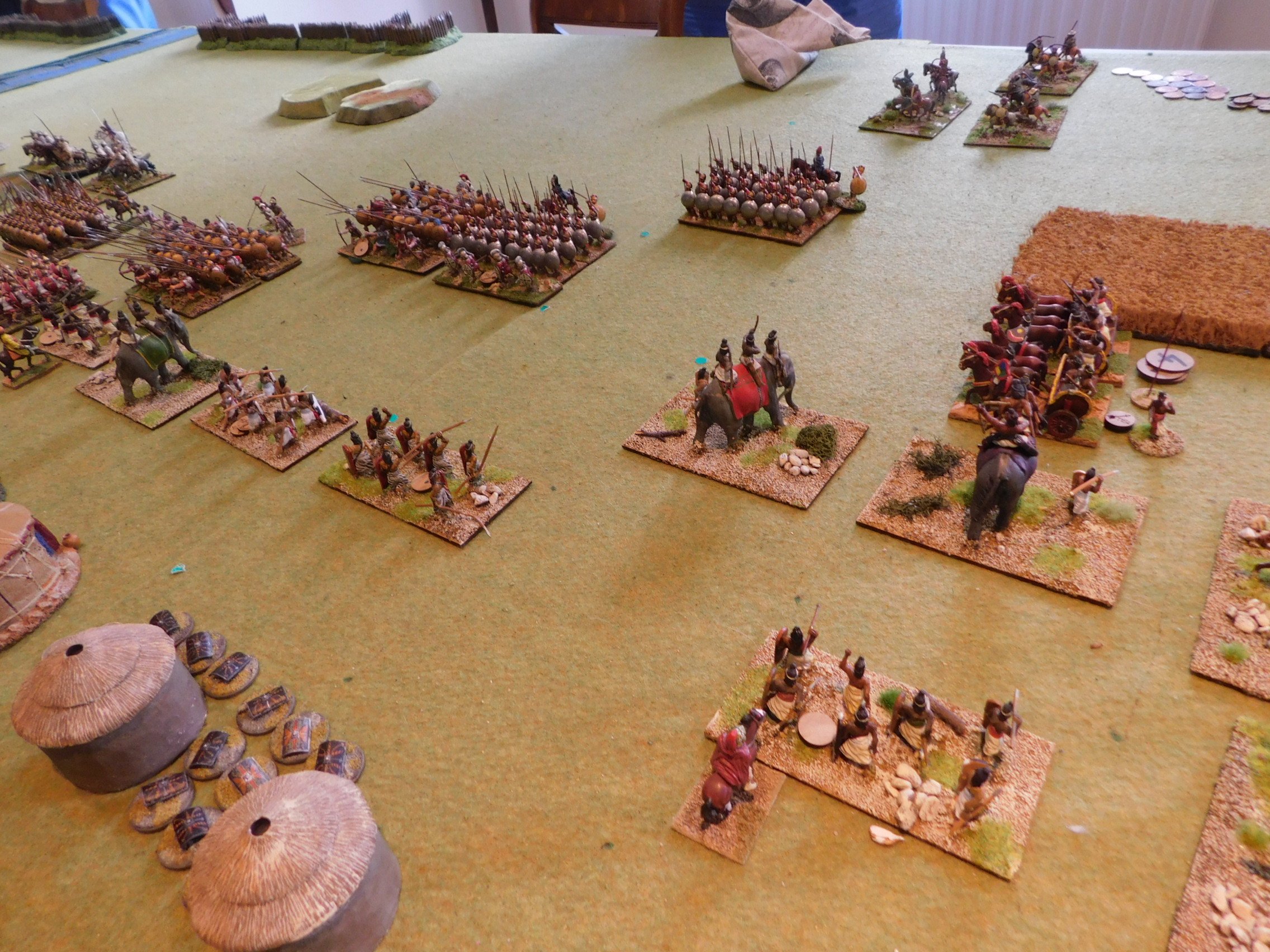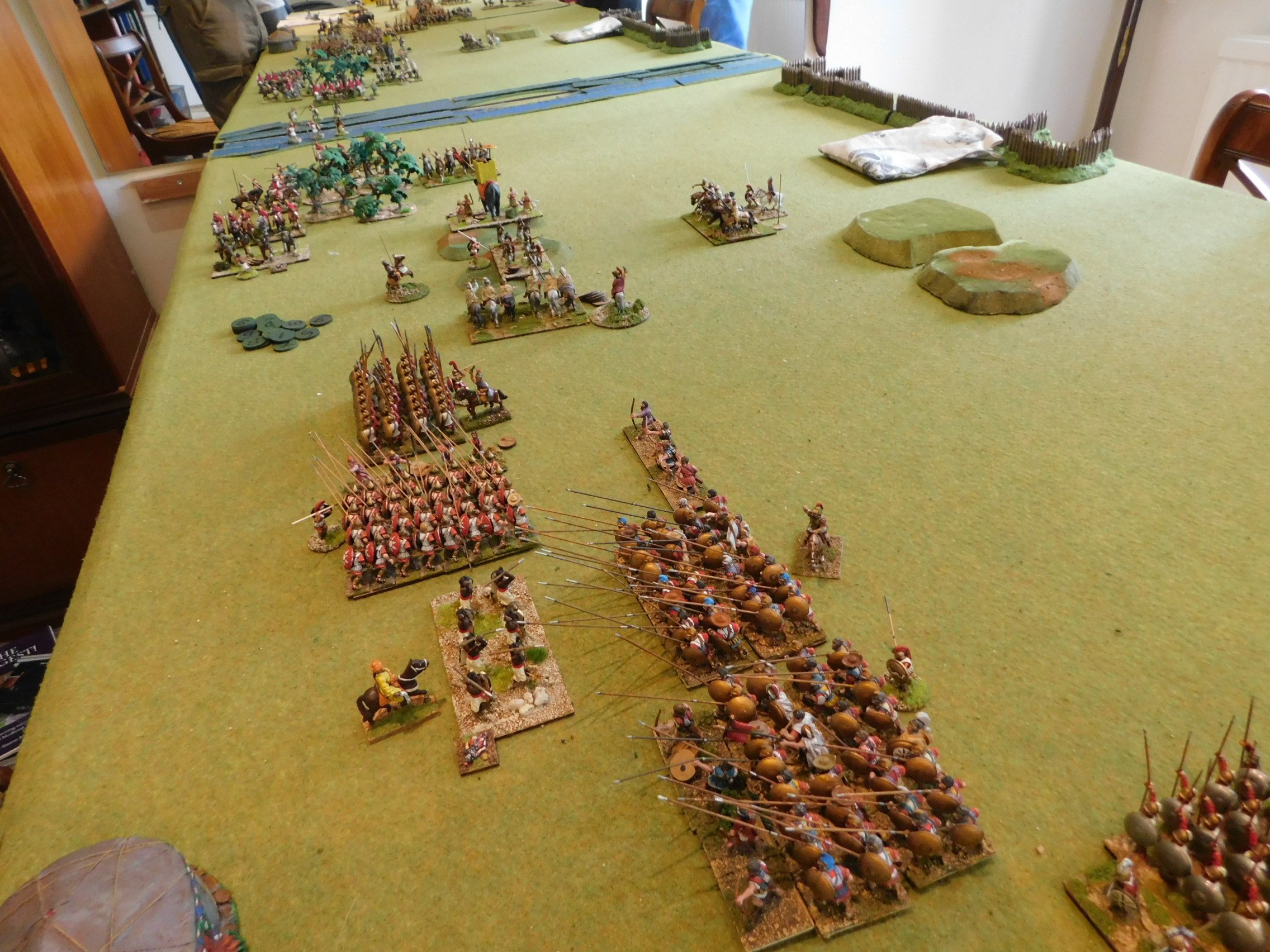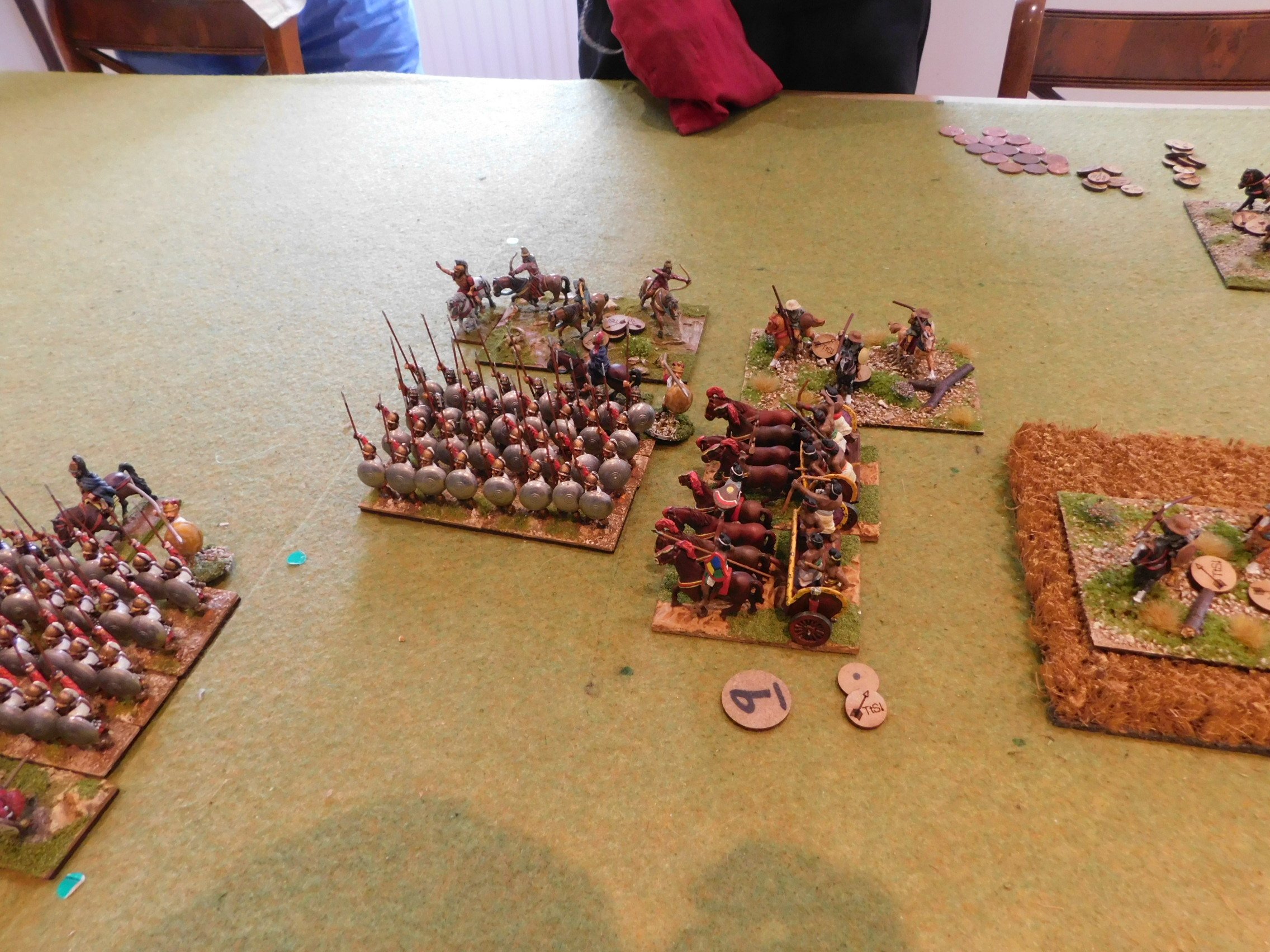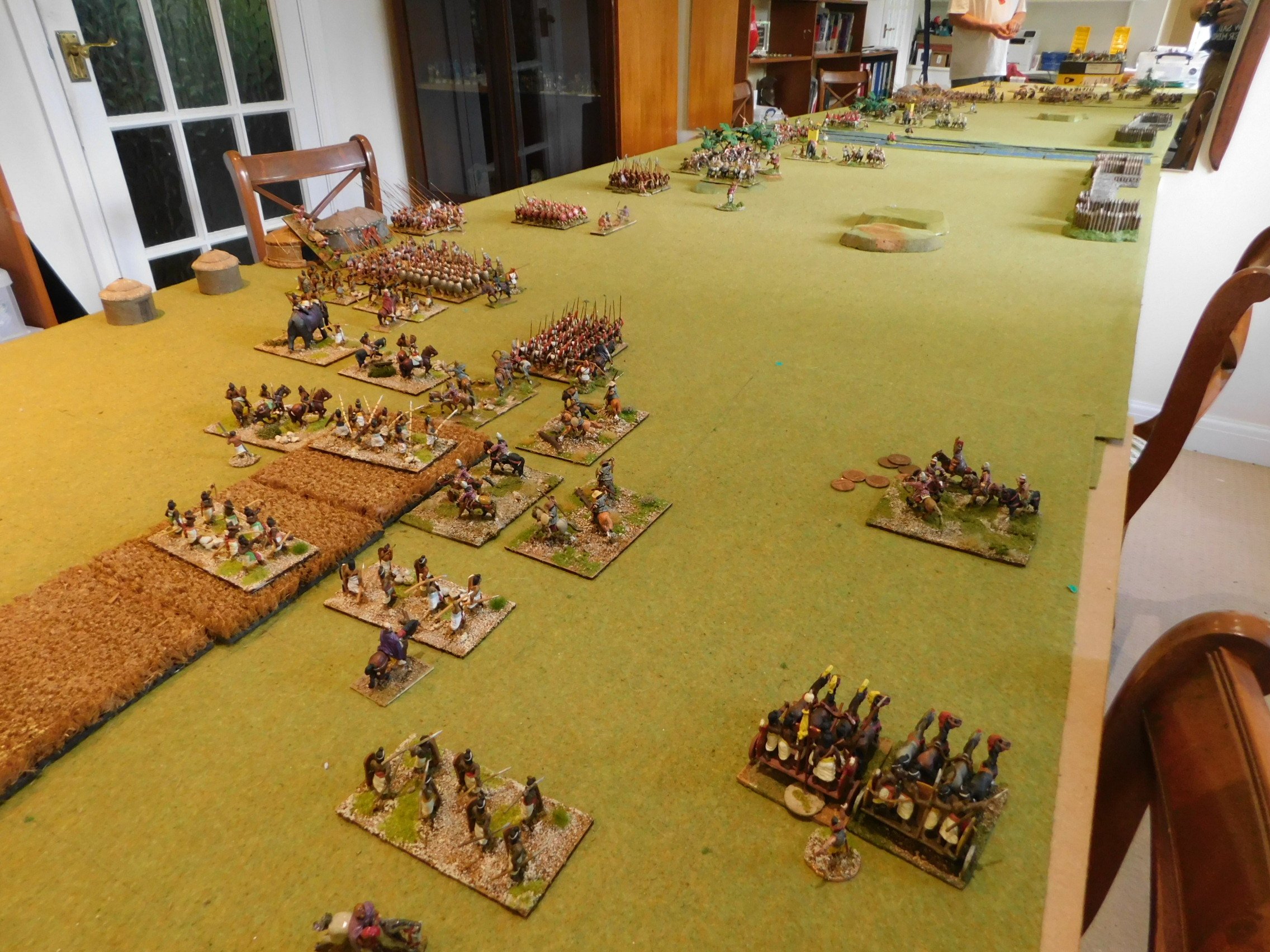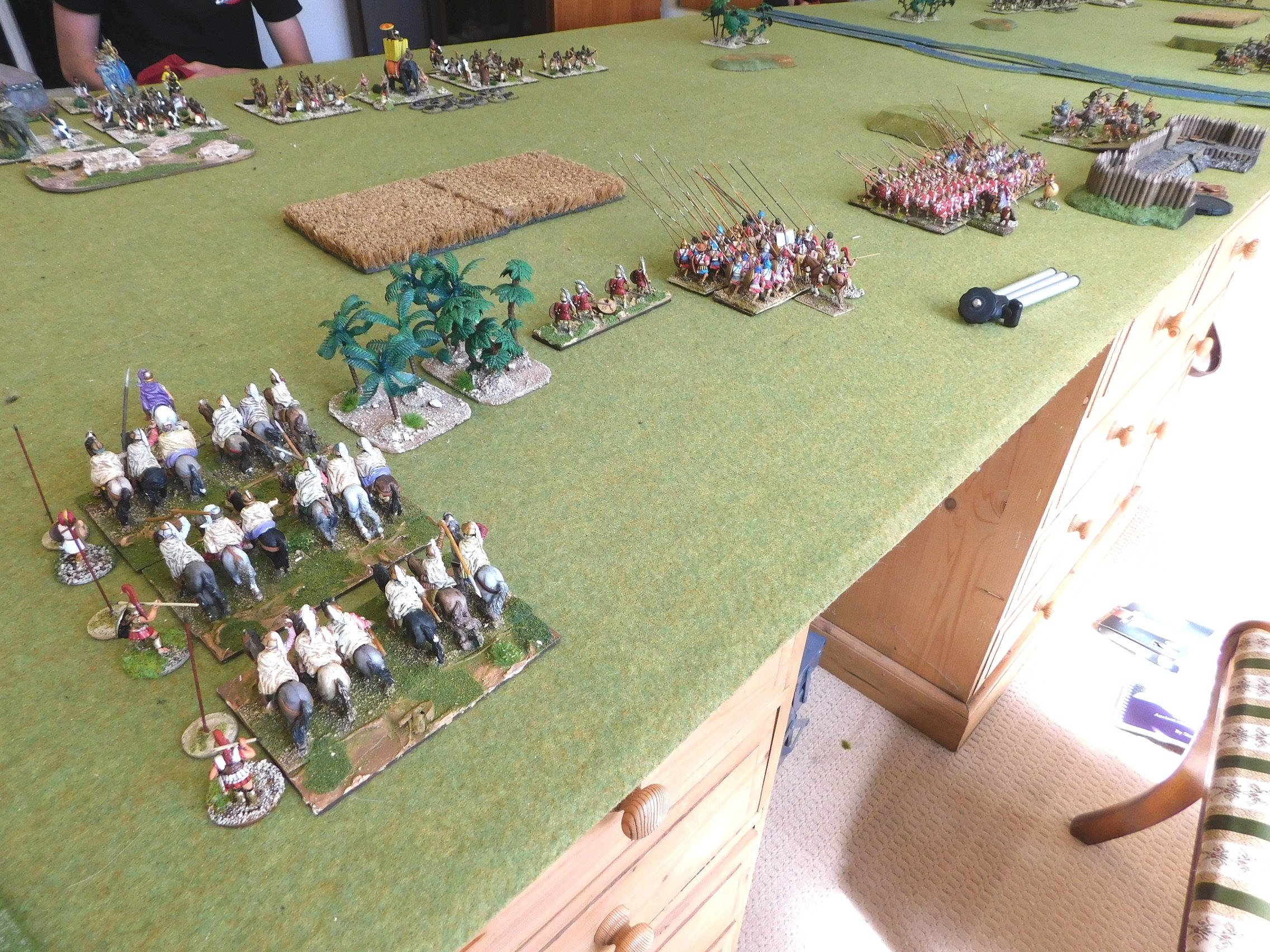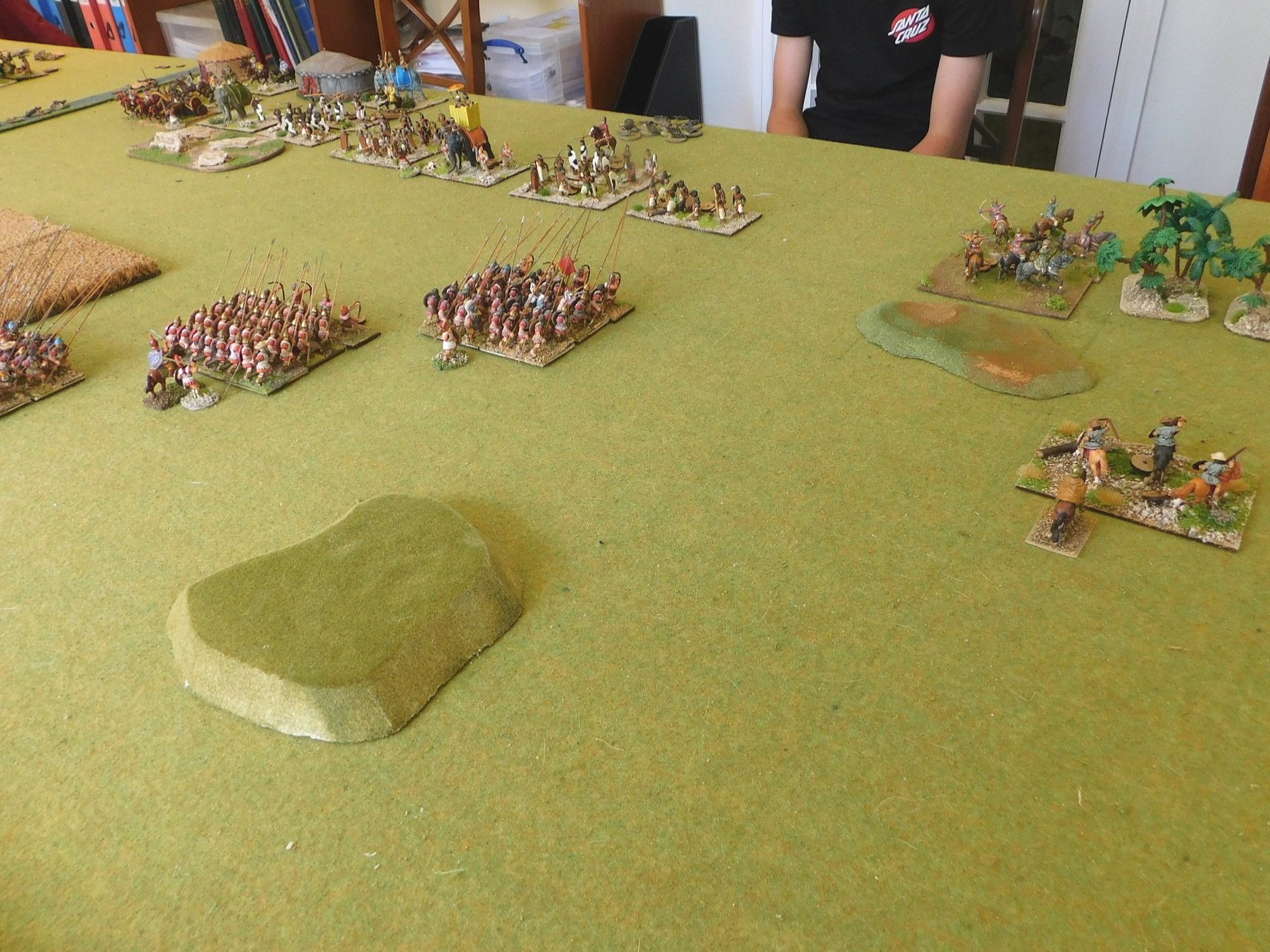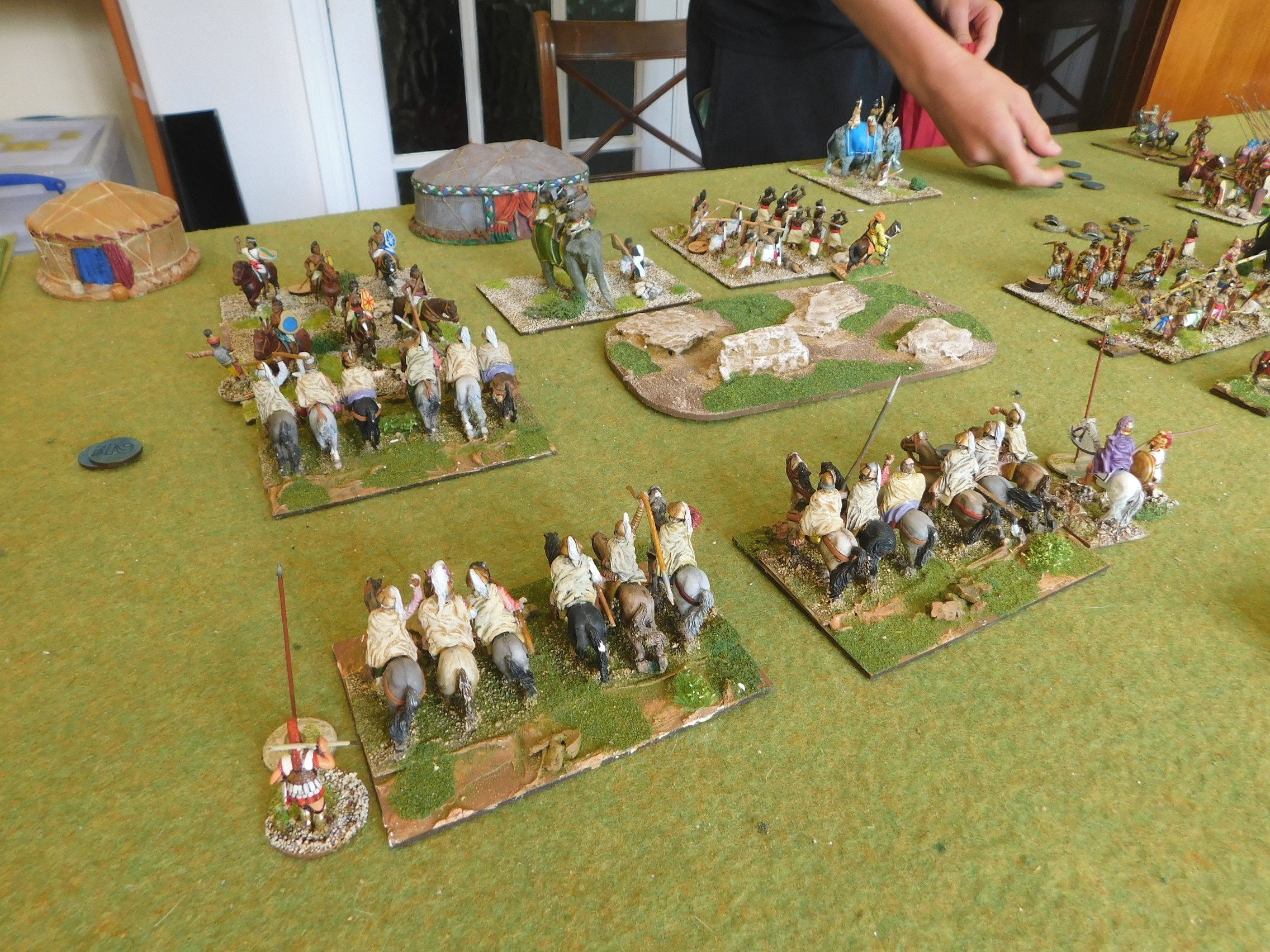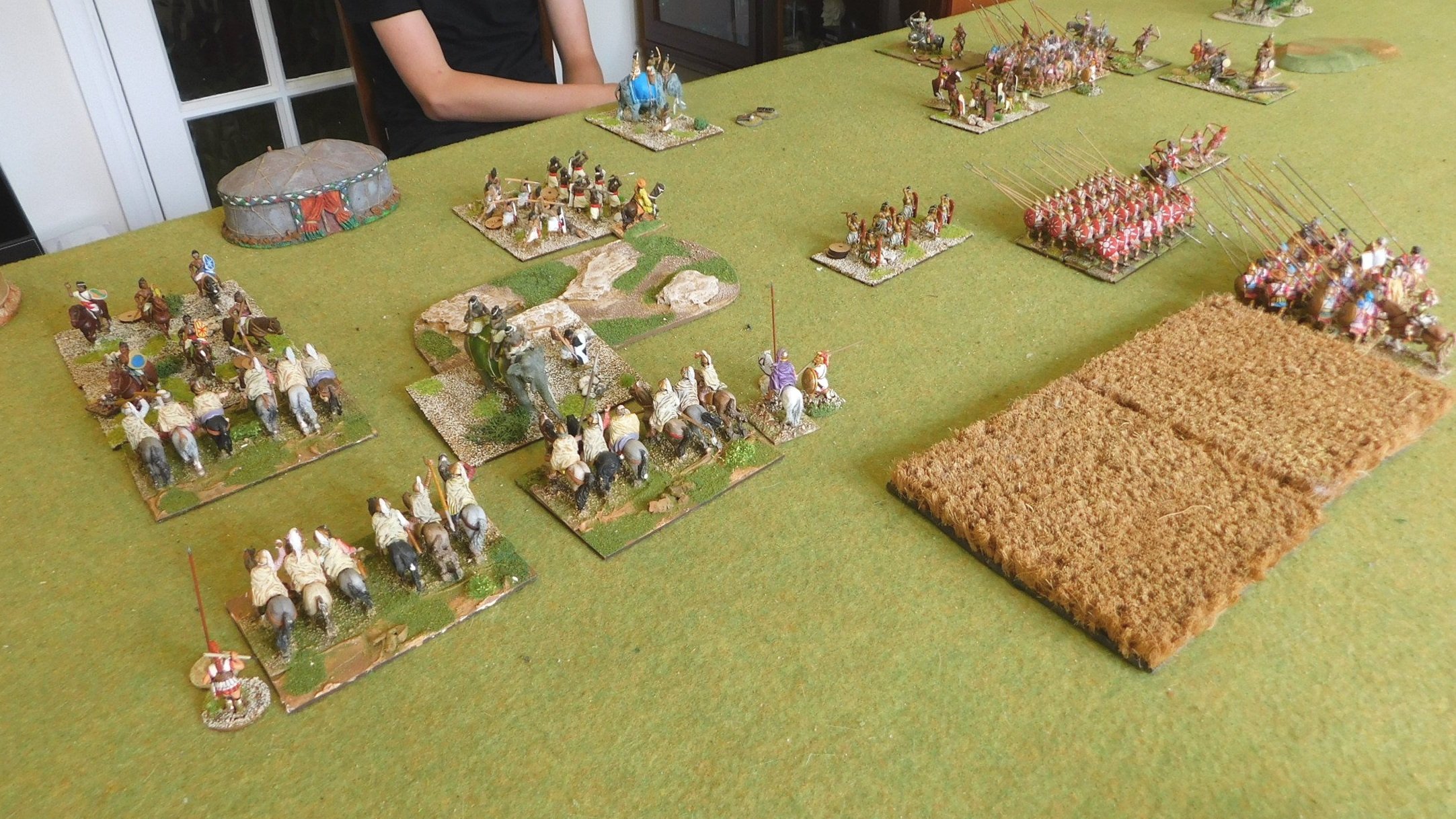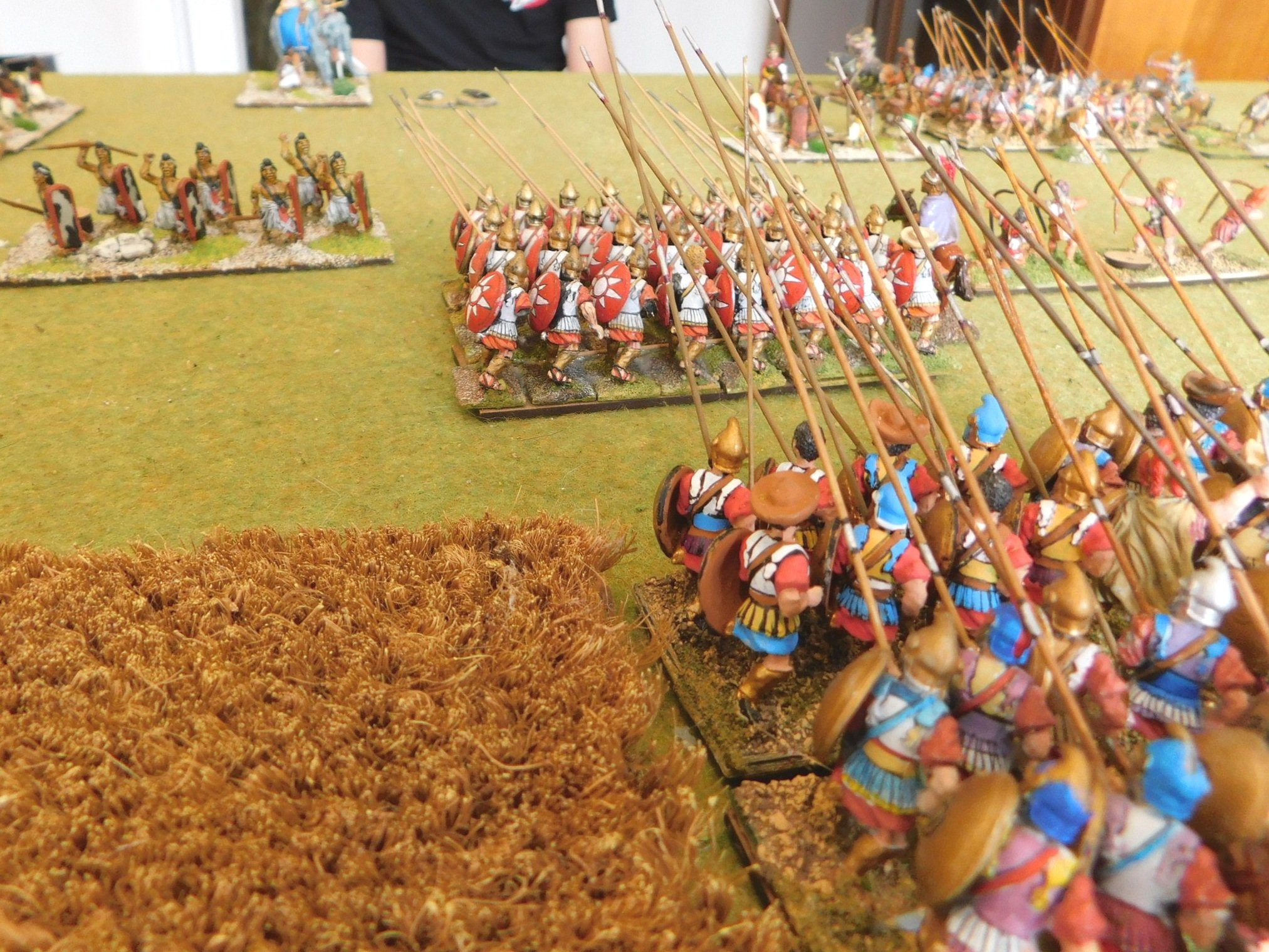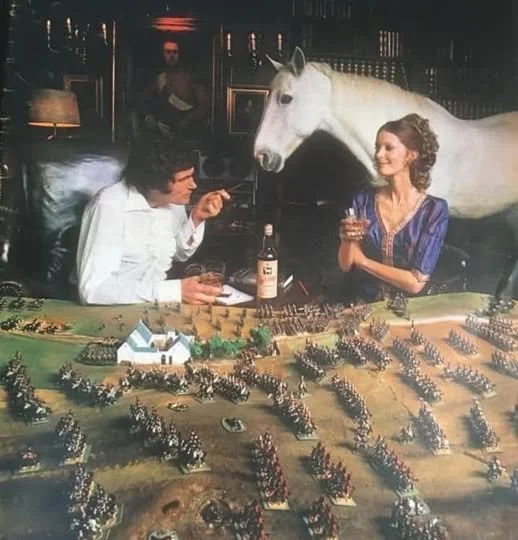AAR: TTS European Championships
/Friend Peter had organised a new competition for To The Strongest - the European Championships - and wanted to know if I was interested in taking part. Now I don’t really do competition battles any more: ghastly memories of arguing over minutiae in WRG 6th or similar and ultra-competitive behaviour (usually from me!) souring the experience…and the TTS tournaments are all played in 28mm and my collection, as you all probably know, is exclusively 15mm.
I checked the diary, however, and it turned out that, unusually, I had a completely free day that Saturday, so I said to Peter that I would come along and help and, if needed, make up the numbers as a super-sub should an odd number of players turn up (assume the joke about expecting an even number of odd players to turn up!).
I duly arrived at Ewelme (you-elm apparently) Primary School early yesterday morning and enjoyed half an hour of peaceful reflection eating my breakfast sandwich in an idyllic rural setting until everyone else arrived. To be honest, it was worth the half hour travel time for that alone!
Peter was lending me a Burgundian Ordnance army, so handed me a box full of troops and then it was fingers crossed to see if I would get any games…but as it happened, even numbers were present. No matter: I was happy to time keep and generally help out, and there were some spectacular looking armies to admire, even if they all looked very big to me!
About 15 minutes in, however, one of the players was forced to up-sticks and head home to sort a family matter, so I quickly grabbed the Burg’s and settled down to fulfil my super-substitute role.
My opponent, Andy, was using Almoravids: a very nice looking set of Spanish Berber types, all of whom were already deployed and ready to rock. We agreed that keeping to the tournament schedule meant we couldn’t go through the usual scouting, terrain and deployment process, so I just slammed the Burgs onto the table in a long line and off we went.
I am about to sub in for John, on the right
It was a great battle. The very first javelin thrown by the Almoravids went straight through my CinC, Charles the Bold’s, visor and killed him instantly! I followed that up by managing to draw five Aces in seven cards and it looked as if a hideous defeat was about to follow…but the Burg’s are a resilient lot, and somehow managed to fight their way back to a 100:73 point victory. I do remember one set of Knights smashing the Black Guard from the table in one charge, and killing a couple of enemy generals, but not much more than that!
Then it was onto game two: fighting Michael and his Later Italian Condotta with Swiss Allies, or Venetians for short. This was another cracking game, involving my Knights coming up against some very menacing looking pike blocks. Star of the show was my little Organ Gun artillery unit, which held up the Swiss pike block for two or perhaps three turns as it marched relentlessly towards my camp. The crew of said gun even managed to do the Swiss some damage in the melee! This stout and quite frankly incredible defence allowed me to get some Knights onto the Swiss flank and, much to the shock of all concerned, send them fleeing for the rear. Much to my surprise, another win at 108:58 points.
At this point we broke for lunch and a tour of the school-church-alms house complex, all built by Alice Chaucer, thrice-married grand-daughter of Geoffrey, and the first female Knight of the Garter. Fascinating stuff that included a secret stair and the minstrels’ gallery where Henry VIII allegedly first, er, succeeded, shall we say, with Anne Boleyn.
Onto the afternoon session, and bad news for the super-sub. Another player had withdrawn from the tournament meaning that numbers were uneven again. I was all prepared to return to the bench when someone else, Mark to be exact, said that they would be happy to sit this game out to give me another go. This was gentlemanly behaviour in the extreme, so it was time to face Chris and his Later Swiss. More pikes!
This, third game was also excellent. The Burg’s were caught napping, out-scouted and then pinned back against the edge of the table by some extraordinarily fast marching from the Swiss (I still don’t know what they do with their pikes when acting as mounted infantry LOL). I was sure I was doomed, and told Chris the same, but he assured me that all was not lost…a bad mistake on his part as his prophesy began to come true. Still pinned against the edge of the table, a camp lost to the enemy, the Burg’s stuck their heels in and began to push back. A couple of enemy generals were dispatched (it was a bit of a theme for the day) and some non-pike units broken, but it was a combination of missile-fire to disorder then send in the Knights to punish, which finally broke a Swiss pike block sending loads of victory medals my way. If we’d played on, the game could still have gone either way, but I ended the winner with a score of 102:79 points.
At that point I returned to the substitutes’ bench and spent a very enjoyable couple of hours wandering around the games, admiring both the action and all the very lovely figures on display.
Time for the results and I was amazed to find that I had come fourth. This was obviously partly due to the bye I had received in the fourth round, but was very welcome news indeed. Even more surprising (doubtless particularly so to those who have gamed against me!) was that I was also voted Most Chivalrous Player of the day. Even my family were gob-smacked by that one!
So many thanks to Peter for organising a great day, and for everyone else there, particularly my three opponents Andy, Michael and Chris. I had a whale of a time and am now wondering from whom I can borrow an army for the next one!










